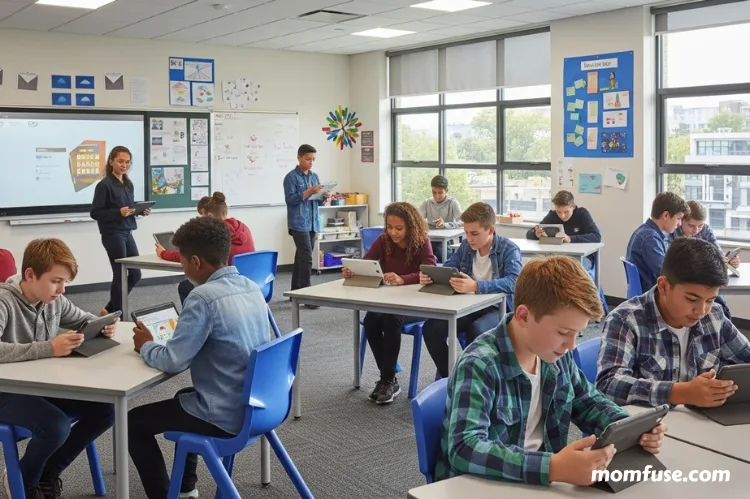We’re not in the same world we were 20 years ago—and neither are our kids. The way we work, learn, and live is changing fast. But many classrooms? Still using the same desks, methods, and bells to signal the end of the day. It’s no wonder families are starting to ask: Is the traditional path still the best one?
From flexible schedules to tech-driven learning, today’s families have more options than ever. Whether your child is dreaming of college, chasing a passion, or just trying to stay engaged, it might be time to look beyond the basics. Let’s explore what really matters in modern learning—and why one size might not fit all anymore.
How the World Has Changed—But School Often Hasn’t
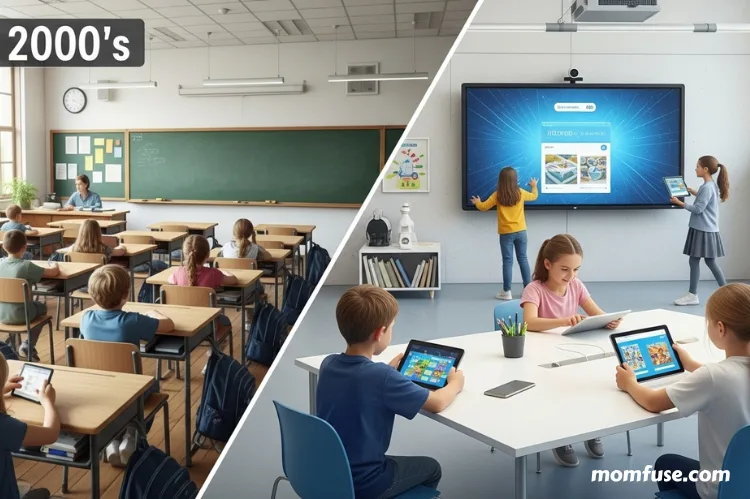
Life today is digital, fast-paced, and full of choices. Kids now grow up with instant access to information, global conversations, and future careers that didn’t exist just a few years ago. However, many schools still rely on outdated systems—standardized tests, rigid schedules, and limited subjects. This mismatch can leave students feeling bored, underchallenged, or unprepared. Rethinking what learning should look like in this new world is not just helpful—it’s necessary.
Understanding Alternative Models and Advanced Options
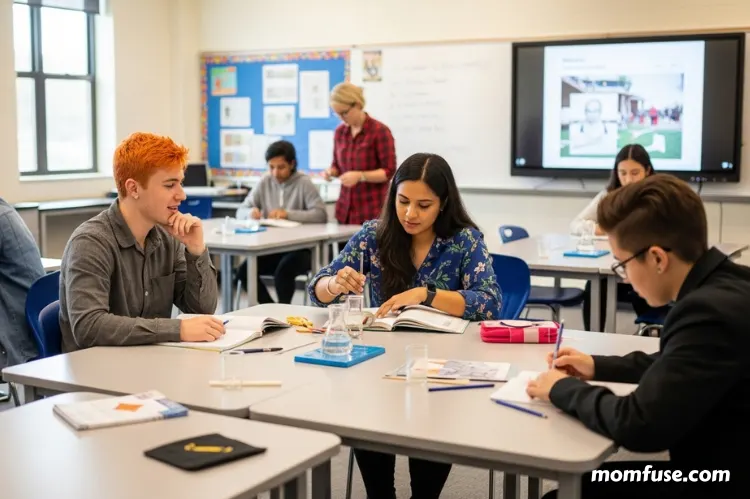
Families are starting to explore new learning paths that offer structure, support, and flexibility. These options can feel overwhelming at first, especially if you’re used to the traditional route. One question that often comes up is what is a prep school? Prep programs focus on academic strength, future readiness, and personal growth. They are designed to prepare students for college and beyond, often offering customized learning, advanced courses, and access to mentors or real-world experiences.
Flexibility vs. Structure: What Works Best for Your Child?
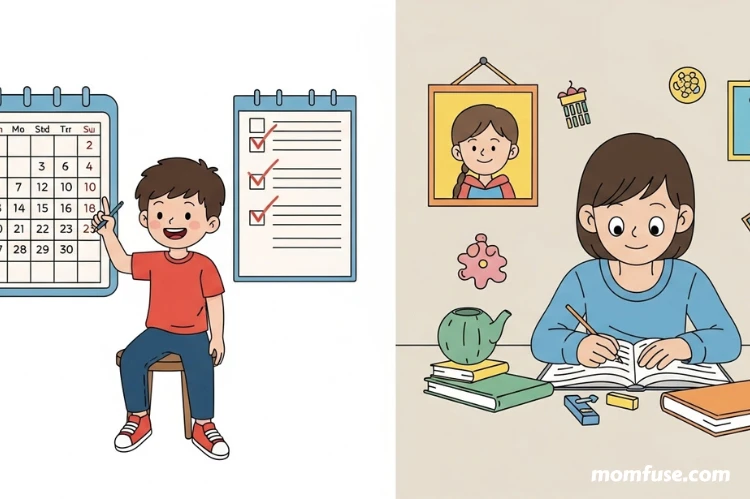
Some kids need a clear routine to stay focused, while others thrive with more freedom. Traditional systems tend to favor structure—but that doesn’t always match how every student learns best. Online and hybrid models give families more flexibility with when and how learning happens. If your child is juggling sports, hobbies, or simply needs more time on certain subjects, this flexibility can be a game-changer. The goal is to match the environment to the learner—not the other way around.
Technology as a Learning Tool, Not Just a Distraction
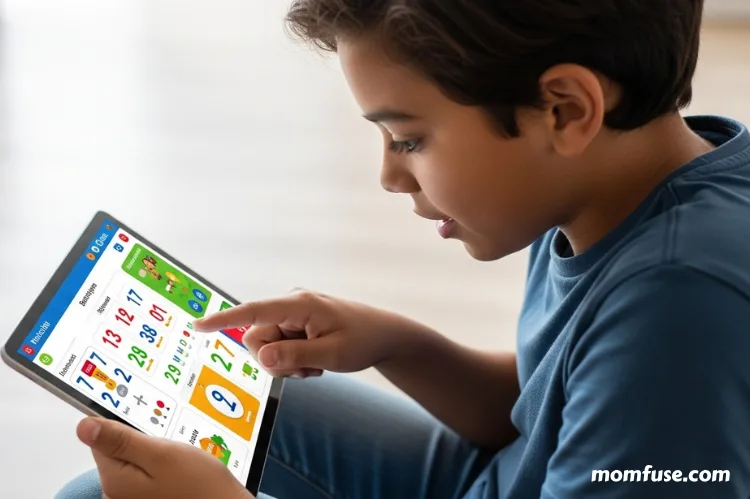
Tech isn’t the enemy. When used right, it can open doors for students to explore subjects, learn at their own pace, and connect with teachers and peers in new ways. Modern learning platforms use interactive tools, virtual labs, and real-time feedback to make lessons more engaging. Instead of limiting screen time across the board, it’s better to focus on using the right screen time to support growth.
The Importance of Personalized Learning Paths

No two kids are the same, so why should they be expected to learn the same way? Traditional models often follow a one-size-fits-all approach. In contrast, personalized learning lets students move ahead in subjects they love while getting extra support where they need it. This approach builds confidence, motivation, and a sense of ownership in their learning. Students who feel seen and supported are more likely to stay motivated and succeed.
Real-World Skills Often Left Out of the Curriculum

Reading, writing, and math are important, but today’s students also need communication, collaboration, and time management skills. Many traditional programs don’t give students enough chances to build these abilities in practical ways. Things like project-based learning, group discussions, and creative assignments help students prepare for real life—not just for tests. Learning sticks longer and feels more meaningful when it is connected to real-world situations.
Social and Emotional Support in Modern Learning

Let’s face it—growing up isn’t easy. Stress, anxiety, and pressure are common for kids and teens. While some schools are starting to address this, many still focus more on grades than on emotional well-being. Newer programs often include built-in coaching, regular check-ins, and wellness tools that support the whole child. A safe and supported student is likelier to stay engaged and enjoy learning. Emotional health and academic success go hand in hand.
College and Career Readiness Begins Sooner Than You Think

Preparing for the future doesn’t have to wait until junior year. Programs that introduce students to college-level work, dual enrollment, or career exploration early on help build confidence and direction. These opportunities let students try out real interests before they graduate. It’s not just about getting into college—it’s about knowing what they want to do once they get there. Giving kids a head start on their future helps them feel more prepared and in control.
Parents Want a Voice in Their Child’s Learning

In traditional models, parents often have limited insight into what’s being taught and how their kids are doing. That can be frustrating. Many newer models, especially online programs, are designed to be more transparent. Parents can see progress, check assignments, and even communicate directly with instructors. This involvement builds trust and helps families stay aligned. When parents are part of the process, students feel more supported, and everyone is on the same page.
Learning Can Happen Anywhere—And That’s a Good Thing

Gone are the days when learning only happened in a classroom. With digital tools such as refurbished laptops from PCLiquidations, students can learn from almost anywhere, whether at home, on the road, or even while traveling. This flexibility doesn’t mean less structure; it means more opportunity. When students can learn in the environment where they focus best, they tend to enjoy it more. Learning from different settings also teaches adaptability, responsibility, and independence—skills that last far beyond the classroom.
There’s no one-size-fits-all solution when it comes to learning. While traditional methods still work for many, families now have more choices that fit different needs, goals, and personalities. Whether it’s a structured setting or a flexible, personalized option, the key is finding what helps your child grow, stay motivated, and feel supported. In today’s world, rethinking what learning can look like is not just an option—it’s a smart move forward.
Read Next: Smart Ways to Help Your Child Make Informed Education Choices

